Journal of Civil Engineering and Environmental Sciences
Effect of sodium content on the structure and mechanical properties of silicon bronze (Cu-3wt%Si alloys)
Chikezie Walter Onyia1*, EE Nnuka2, KC Nnakwo2 and SE Ede1
2Department of Metallurgical and Materials Engineering, Nnamdi Azikiwe University, Awka, Nigeria
Cite this as
Onyia CW, Nnuka EE, Nnakwo KC, Ede SE (2023) Effect of sodium content on the structure and mechanical properties of silicon bronze (Cu-3wt%Si alloys). J Civil Eng Environ Sci 9(2): 090-095. DOI: 10.17352/2455-488X.000075Copyright License
© 2023 Onyia CW, et al. This is an open-access article distributed under the terms of the Creative Commons Attribution License, which permits unrestricted use, distribution, and reproduction in any medium, provided the original author and source are credited.In the present study, the effect of sodium content on the structure and mechanical properties of Cu-3wt%Si alloys were investigated. The experimental alloys were produced with various sodium concentrations of 0.1, 0.2, 0.3, 0.4, 0.5, 0.6, 0.7, 0.8, 0.9, 1, 1.5, 2 and 3% by weight using permanent mould casting technique. Tensile and hardness tests were carried out on the cast samples. Microstructures of the specimens were also analysed using optical microscopy. The results indicated that the addition of sodium to Cu-3wt%Si alloy refined and modified the structure of the alloy resulting in improvement in the ultimate tensile strength and hardness of the experimental alloy by 453.85% and 58.82% respectively at 1.5wt%Na content and percentage elongation by 168.81% at 0.1wt%Na content. The addition of sodium also led to the formation of the NaSub>1.44Si136 intermetallic phase which further contributed to the increase in strength and hardness of the alloy.
Introduction
Pure metals do not always possess high strength. In principle, the strength of copper can be increased by work hardening or by alloying it with another metal. Alloying gives a much greater opportunity for improving the mechanical properties of metals [1]. It is known that substituting solvent atoms with solute atoms will introduce strain into the parent metal crystal lattice and that this strain increases with increasing atomic size mismatch as well as increasing solute concentration. The effect of this increased lattice strain is to increase the strength and hardness without necessarily having any great deleterious effect on ductility. The quest for high-strength engineering materials has led to the addition of other elements to pure copper [2-10]. Additions of other metals are frequently made to improve properties such as strength, hardness, machinability, corrosion resistance, or for other special reasons. Most of these elements are soluble to some extent in copper, retaining the alpha face-centred cubic structure up to the limit of solubility but with progressive effects on strength, hardness, and rate of work hardening. Hence, the a strong need to alloy copper with other metals or non-metals such as silicon.
Binary Cu-3wt%Si alloy is strengthened by solid solution strengthening due to the addition of silicon to copper which forms Cu α-solid solution phase. Silicon bronzes are sometimes used as lower-cost alternatives to tin bronze. Silicon bronzes find applications in electronics, electrical, automobile, and building industries for the fabrication of connectors, bolts, electrical conduits, screws, tie rods, lead frames, etc [11]. Silicon bronzes are also used for tanks, pressure vessels, marine construction, and hydraulic pressure lines [12]. Silicon bronze has low mechanical properties and electrical conductivity [13]. The applications of silicon bronzes require that they have a good combination of tensile strength, hardness, ductility, and electrical conductivity which they do not have. Further means of strengthening the alloy is through the right choice and amount of alloying elements without appreciable loss of ductility resulting in a very good combination of mechanical and electrical properties.
It has been reported that the addition of Sn to Cu-Ni alloys with subsequent aging heat treatment improves the mechanical and electrical conductivity of Cu-Ni-Sn alloys [14-19]. On the other hand, a serious segregation phenomenon of Sn element has been found to exist in the conventional casting process for Cu-Ni-Sn alloys by Cribb & Grensing [18], which has a negative influence on the subsequent processing and mechanical properties of the alloys. Kozana, et al. [20] studied the influence of various nickel additions to Cu-10wt%Sn casting bronze and Cu-8wt%Sn bronze with a decreased tin content. The researchers reported that the addition of nickel to Cu-Sn alloys improved the mechanical properties: ultimate tensile strength (UTS), hardness (HB), and % elongation. The addition of zinc [3] and tin [4] to Cu-3wt%Si alloys resulted in an increase in the hardness and ultimate tensile strength of the alloys. It has also been reported that the addition of Mn and W to Cu-3Si alloys with subsequent solid solution heat treatment refined and modified the structure of Cu-3Si-W and Cu-3Si-3Mn alloys and consequently improved the ultimate tensile strength and hardness of the alloys while the percentage elongation of each alloy decreased after undergoing solid solution treatment [21]. Ijomah, et al. [22] studied Cu-3Si-(Zn, Sn) alloys produced using the stir-casting technique and reported an increase in electrical conductivity of Cu-3Si-3(Sn) ternary alloy in heat-treated conditions and a decrease in electrical conductivity of Cu-3Si-3(Zn) alloy. Both Cu-3Si-3(Zn) and Cu-3Si-3(Sn) ternary alloys recorded an increase in impact energy compared with the parent alloy (Cu-3Si). Nwankwo, et al. [23] in their study on the influence of homogenization heat treatment on grain characteristics and mechanical properties of copper-silicon-zinc and copper-silicon-tin ternary alloys reported the presence of segregated primary silicon and coarse intermetallic phase in the parent alloy. The surface morphology of the Zn and Sn doped alloys consisted of refined and modified intermetallic phases. The addition of tin and zinc significantly increased the percentage elongation, ultimate tensile strength, and hardness of the alloy. Homogenization heat treatment led to a further increase in the ultimate tensile strength and hardness of Cu-3Si-3Zn alloys. Cu-3Si-3Sn ternary alloys showed decreasing trends in ultimate tensile strength and hardness values after undergoing homogenization heat treatment. However, the alloys showed an increased percentage of elongation after homogenization heat treatment. Ijomah, et al. [24] studied the microstructure, impact, and electrical behavior of fine-grained Cu-Si-(Mg, Ti) alloy after solid solution strengthening and reported that Mg and Ti induced increased precipitation of fine grains in the copper matrix. It resulted in the improvement of both the impact energy and electrical conductivity of the alloys, particularly in the Mg-doped Cu-3Si alloy. Solution heat treatment enhanced the grain refinement and distribution in the alloy structure and thus further increased the impact energy of the Cu-Si-(Mg, Ti) alloy. This study will report the effect of sodium contents on the structure and mechanical properties of Cu-3wt%Si alloys and aims to enhance the structure and mechanical properties of Cu-3wt%Si alloys through the addition of different concentrations of sodium.
Materials and methods
The base alloy for this study was produced from commercial pure copper (99.99%) and commercial pure silicon (99.98%). A permanent mould casting technique was used to produce the doped silicon bronze with the addition of sodium in concentrations of 0.1, 0.2, 0.3, 0.4, 0.5, 0.6, 0.7, 0.8, 0.9, 1, 1.5, 2, and 3% by weight. A bailout crucible furnace was used for the melting process. Required amounts of pure copper in the form of copper wire were first charged into the preheated furnace and melted to produce the control alloy cast samples. A predetermined amount of silicon in powder form was added to the molten copper and stirred. The melt was held for about 10 min to ensure complete dissolution of silicon in the copper melt and stirred again to achieve homogeneity before pouring into preheated permanent mould and allowed to cool to ambient temperature. Subsequently, the Cu-3wt%Si alloys with the additives were produced by repeating the above-described procedure and introducing the different concentrations of sodium.
A Universal Testing Machine (model WDW-10) was used to carry out tensile tests on the cast specimens as per ASTM E8/E8M-22 standard. Hardness test was carried out on 10 mm x 10 mm long cylindrical test bars machined from the cast samples using a digital Rockwell hardness tester, B scale (model HRS-150) according to ASTM E18-22 standard. Structural analysis was carried out on the cast alloy specimens. Prior to the structural analysis, the surfaces of the specimens were ground with different grades of emery papers from rough to fine grades (400, 600, 800, and 1200μm). After grinding, the specimens were polished to a mirror finish using an aluminium oxide powder, rinsed with water, and dried using a hand drier. The dried samples were etched with a solution of 10g of iron (III) chloride, 30 cm3 of hydrochloric acid, and 120 cm3 of water for 60 seconds. Finally, the surface morphology of the etched samples was examined using an optical metallurgical microscope (Model: L2003A).
Results and discussions
Effect of sodium addition on the mechanical properties of Cu-3wt%Si alloy
The results of the mechanical properties tests carried out on the experimental alloy castings in as-cast conditions presented in Figures 1-3 show the effect of sodium addition on the mechanical properties (ultimate tensile strength (UTS), percentage elongation, and hardness) of the alloy. It is observed from the Figures that the ultimate tensile strength and hardness increased with increasing concentration of sodium up to 1wt% before decreasing with further increase in concentration of the additive. The addition of 1wt%Na to Cu-3wt%Si alloy yields the highest UTS and hardness values of 288MPa and 81HRB which are 453.85% and 58.82% increases in the UTS and hardness of the alloy respectively. The addition of 0.1wt%Na increased the percentage elongation to a maximum value of 29.3% which is a 168.81 percent increase in the percentage elongation of the alloy. The improvement in the strength and hardness of the alloys is attributed to the presence of refined and modified intermetallic phases in the structure of the alloys. The decrease in the strength and hardness of the alloys at high sodium concentrations is attributed to the coarsening of the grains which is consistent with the findings of Nnakwo, et al. [4,13] who used tin and tungsten respectively as additives in their studies.
Microstructural analysis
Figure 4 is a micrograph of undoped Cu-3wt%Si alloy casting in as-cast condition showing microstructures in which the α-copper primary phase (solid solution of silicon in copper), γ-Cu0.83Si0.17 (Cu5Si) and ε-Cu15Si4 intermetallic phases are present. Coarse Cu0.83Si0.17 intermetallic phase can be observed at the grain boundaries in the microstructure of the alloy and owing to this, the mechanical properties of the alloy are not very favorable, which is consistent with the findings of Gholami, et al. [10].
The micrographs of Cu-3wt%Si alloys doped with sodium are shown in Figures 5-13. The micrographs revealed the presence of Cu0.83Si0.17 and NaSub>1.44Si136 intermetallic compounds. It can be observed that the addition of sodium refined and modified the morphology of the intermetallic compounds with an attendant increase in ultimate tensile strength, percentage elongation, and hardness. The grain size decreased with an increase in concentration of sodium up to 1wt%Na (Figure 10). The small grain size resulted in more grain boundaries which consequently increased the ultimate tensile strength and hardness with a corresponding decrease in percentage elongation. The improved grain size resulted in an increase in the number of grain boundaries which served as an increased impediment to dislocation movement and consequently increased the ultimate tensile strength, yield strength, and hardness of the alloy with a corresponding decrease in percentage elongation [10]. An increase in the concentration of sodium beyond 1wt% coarsened the morphology of the intermetallic compounds (Figures 11-13) which resulted in a decrease in the ultimate tensile strength and hardness of the alloy [9,10].
The possible effect of corrosion on the mechanical properties of sodium-doped Cu-3wt%Si alloy was not covered in this study. While corrosion did not affect the results obtained in this study, future work to investigate the effect of corrosion in different media on the structure and physico-mechanical properties of these alloys is recommended.
Conclusion
The effect of sodium content on the structure and mechanical properties of Cu-3wt%Si alloys has been investigated. The alloys were produced using a permanent mould casting technique and optical microscopy analysis was used to analyze the alloy samples. The samples were also subjected to tensile tests using a universal tensile testing machine and hardness tests using Rockwell hardness tester, B scale. The following conclusions can be made from the experimental results and theoretical analysis. Undoped Cu-3wt%Si alloy has low mechanical properties due to the presence of coarse γ-Cu0.83Si0.17 intermetallic phase at the grain boundaries of the alloy. The addition of sodium to Cu-3wt%Si alloy successfully refined and modified the structure of the alloys which resulted in improvement in the ultimate tensile strength, hardness, and percentage elongation of the experimental alloy by 453.85%, 58.82%, and 168.81% respectively. The addition of sodium also resulted in the formation of NaSub>1.44Si136 which further contributed to the increase in strength and hardness of the alloy. Maximum ultimate tensile strength, hardness, and percentage elongation values of 288 MPa, 81HRB, and 29.3% respectively were obtained.
- Donatus U, Omotoyinbo JA, Momoh IM. Mechanical properties and microstructure of locally produced aluminum bronze alloy. Journal on Mineral and Material Characterization and Engineering. 2012; 11: 1020-1026.
- Garcia P, Rivera S, Palacios M, Belzunce J. Comparative study of the parameters influencing the machinability of leaded brasses. Engineering Failure Analysis. 2010; 17(4):771-776. http://dx.doi.org/10.1016/j.engfailanal.2009.08.012
- Nnakwo KC, Okeke IU, Nnuka EE. Effect of zinc content on the structure and mechanical properties of silicon bronze. IJSRSET. 2017; 3(5): 179–183.
- Nnakwo KC, Okeke IU, Nnuka EE. Structural modification and mechanical properties of Cu-3wt%Si-xwt%Sn alloy. IJSRSET. 2017; 3(5): 184–187.
- Lei Q, Xiao Z, Hu W, Derby B, Li Z. Phase transformation behaviors and properties of a high strength Cu-Ni-Si alloy. Mater Sci Eng A. 2017; 697: 37–47.
- Li D, Wang Q, Jiang B, Li X, Zhou W, Dong C, Wang H, Chen Q. Minoralloyed Cu-Ni-Si alloys with high hardness and electric conductivity are designed by a cluster formula approach. Prog Nat Sci Met Mater Int. 2017; 27(4): 467–473.
- Garbacz-Klempka A, Kozana J, Piękos M, Papaj M, Papaj P, Perek-Nowak M. Influence of modification in centrifugal casting on microstructure and mechanical properties of silicon bronzes. Arch Foundry Eng. 2018; 18: 11–18.
- Qian L, Zhou L, Zhou L, Yang G, Xi P, Benjamin D. Microstructure and mechanical properties of a high strength Cu-Ni-Si alloy treated by combined aging processes. J Alloy Comp. 2017; 695: 2413-2423.
- Gholami M, Vasely J, Altenberger I, Kuhn HA, Wollmann M, Janecek M, Wagner L. Influence of grain size and precipitation hardening on high cycle fatigue performance of CuNiSi alloys. Mater Sci Eng A. 2017; 684: 524–533.
- Gholami M, Vasely J, Altenberger I, Kuhn HA, Wollmann M, Janecek M, Wagner L. Effect of microstructure on mechanical properties of CuNiSi alloys. J Alloy Comp. 2017; 696: 201-212.
- Kulczyk M, Skiba J, Przybysz S, Pachla W, Bazarnik P, Lewandowska M. (High strength silicon bronze (C65500) obtained by hydrostatic extrusion. Archives of Metallurgy and Materials. 2012; 57(3): 859-862.
- Avner SH. Introduction to physical metallurgy (2nd ed.). New York: McGraw-Hill Book Company. 1974.
- Nnakwo KC. Effect of tungsten content on the structure, physical, and mechanical properties of silicon bronze (Cu-3 wt%Si). Journal of King Saud University – Science. 2019; 31: 844–848.
- Shankar KV, Sellamuthu R. Determination on the effect of tin content on microstructure, hardness, optimum aging temperature, and aging time for spinodal bronze alloys cast in metal mold. International Journal of Metalcasting. 2017; 11(2): 189–194.
- Kim SS, Rhu JC, Jung YC, Jung YC, Han SZ, Kim CJ. Aging characteristics of thermomechanically processed Cu-9Ni-6Sn alloy. Scr Mater. 1999; 40: 1–6.
- Plewes JT. High-strength Cu-Ni-Sn alloys by thermomechanical processing. Metall Mater Trans A. 1975; 6A: 537–544.
- Cribb WR, Gedeon MJ, Grensing FC. Performance advances in copper-nickel-tin spinodal alloys. Advanced Materials & Processes (ASM International). 2013; 171(9): 20-25.
- Cribb WR, Grensing FC. Spinodal copper alloy C72900 – new high-strength antifriction alloy system. Canadian Metallurgical Quarterly. 2011; 50(3): 232-239. https://doi.org/10.1179/1879139511Y.0000000012
- Rhu JC, Kim SS, Jung YC, Han SZ, Kim CJ. Tensile strength of thermomechanically processed Cu-9Ni-6Sn alloys. Metallurgical and Materials Transactions A. 1999; 30(10): 2649-2657.
- Kozana J, Garbacz-Klempka A, Piękoś M, Czekaj E, Perek-Nowak M. Assessment of the impact of nickel additions on tin bronzes. Archives of Foundry Engineering. 2018; 18(1): 53–60.
- Ijomah A, Nnakwo K, Nwankwo N, Okeke I. Evaluation of solid solution strengthening of copper-silicon binary alloys by carbide forming elements. International Journal of Mechanical and Industrial Technology. 2023; 11(1): 48-53.
- Ijomah A, Nnakwo K, Nwankwo N, Okeke I. Synergistic effects of alloying elements and solid solution treatment on the impact energy, density, and conductivity of Cu-3Si-3(Zn, Sn) alloys system. International Journal of Civil and Structural Engineering Research. 2023; 11(1): 85-90.
- Nwankwo N, Nnakwo K, Ijomah A, Okeke I. Influence of homogenization heat treatment on grain characteristics and mechanical properties of copper-silicon-zinc and copper-silicon-tin ternary alloys. International Journal of Engineering Research and Reviews. 2023; 11(3): 64-69.
- Ijomah A, Nnakwo K, Odo J, Okeke I. Microstructure, impact, and electrical behavior of fine-grained Cu-Si-(Mg, Ti) alloy after solid solution strengthening. Journal of Emerging Technologies and Innovative Research (JETIR). 2023; 10(9): 590-597.
Article Alerts
Subscribe to our articles alerts and stay tuned.
 This work is licensed under a Creative Commons Attribution 4.0 International License.
This work is licensed under a Creative Commons Attribution 4.0 International License.
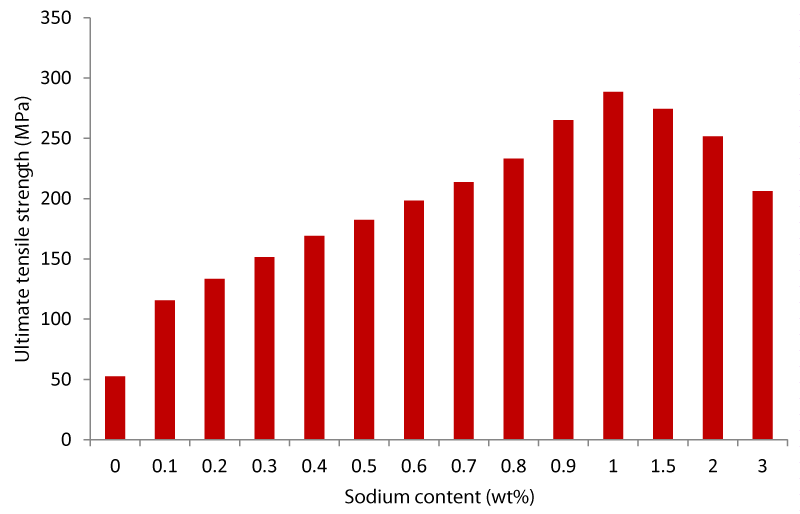
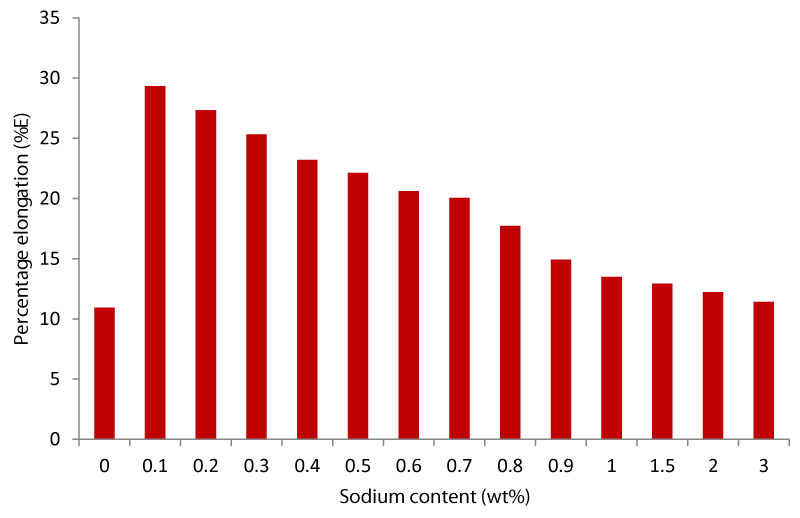
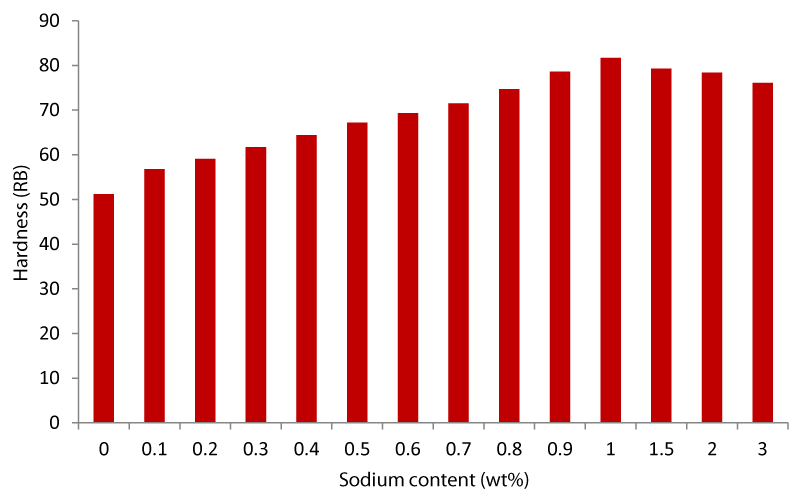
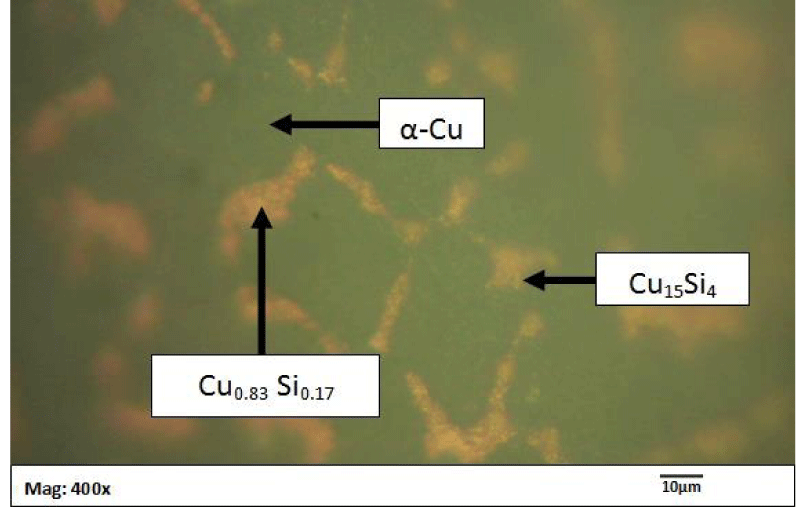
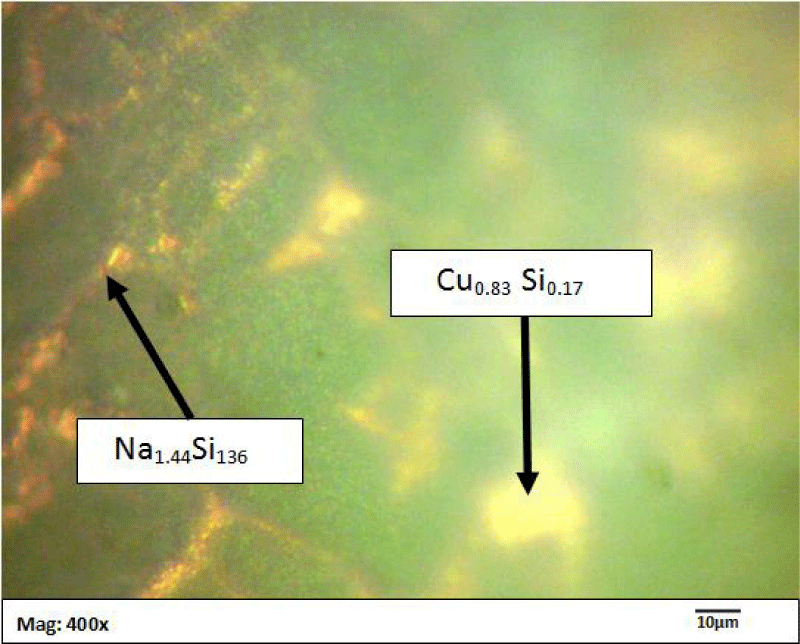
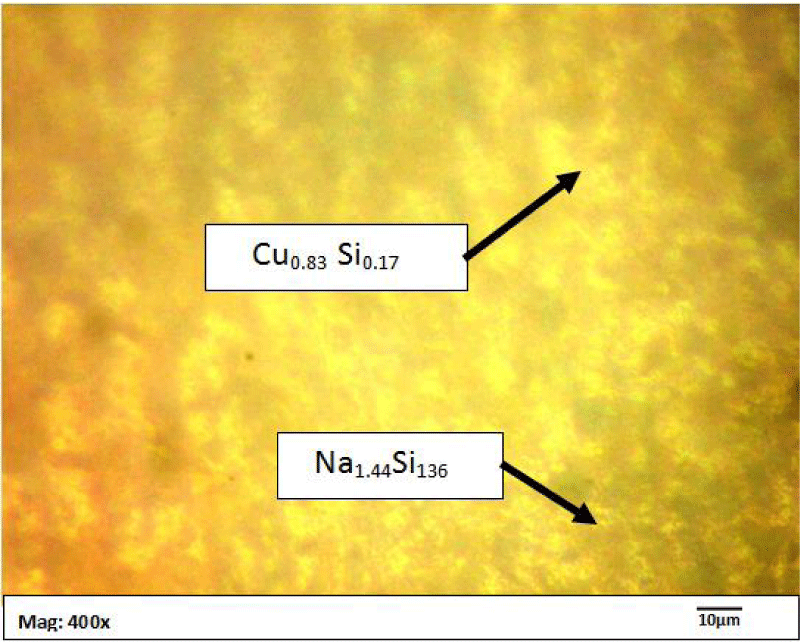
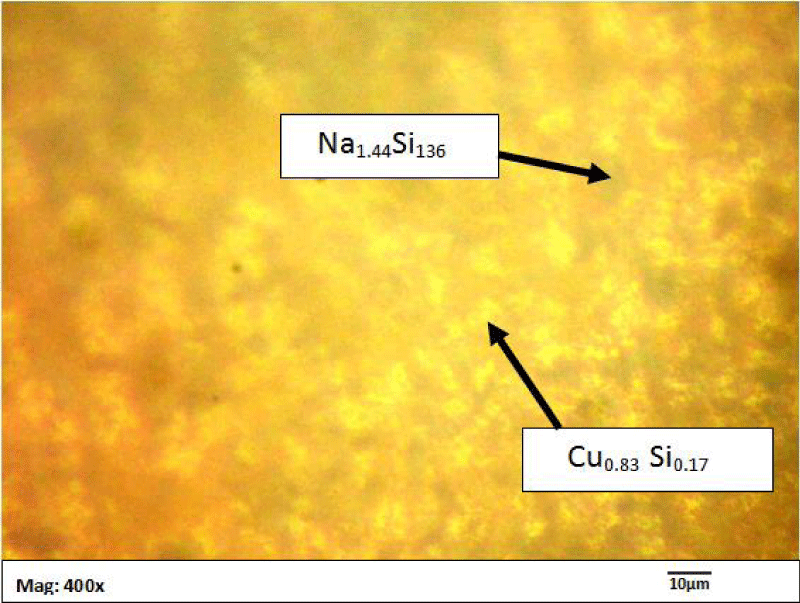
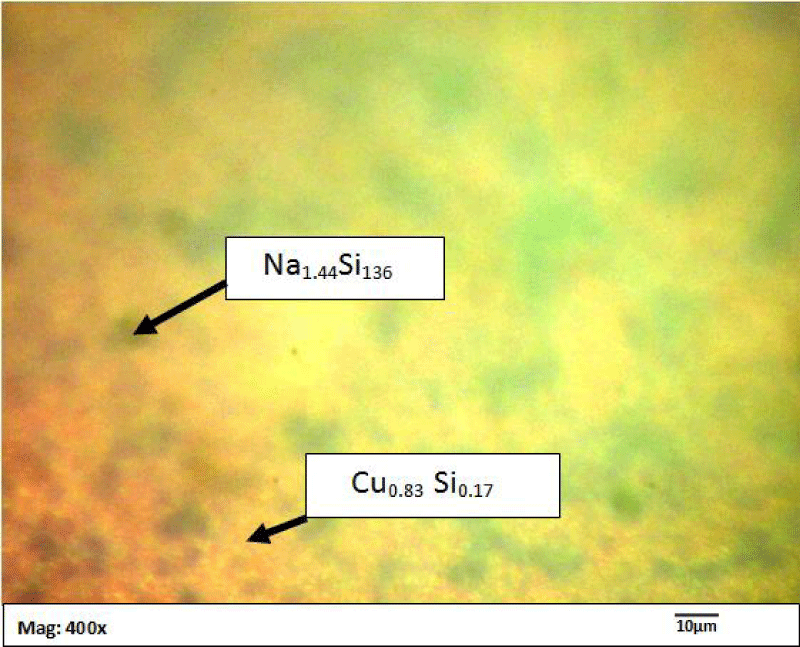
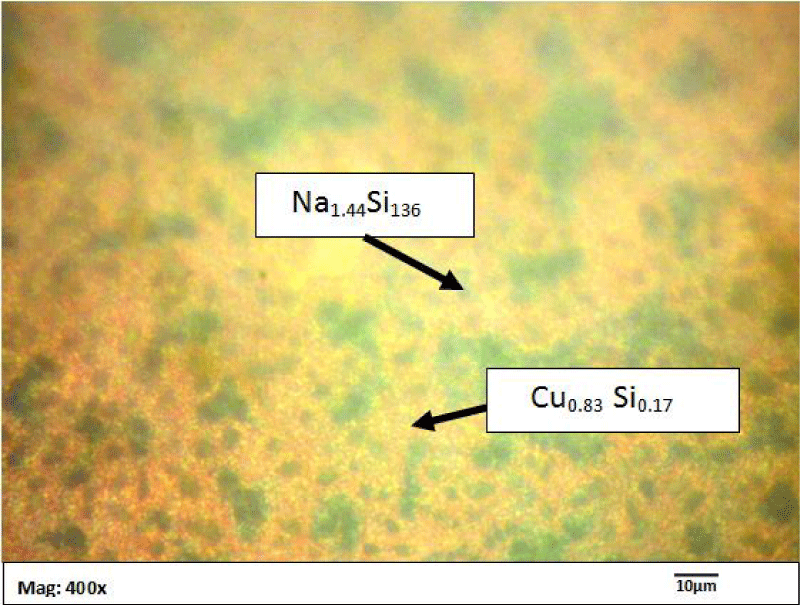
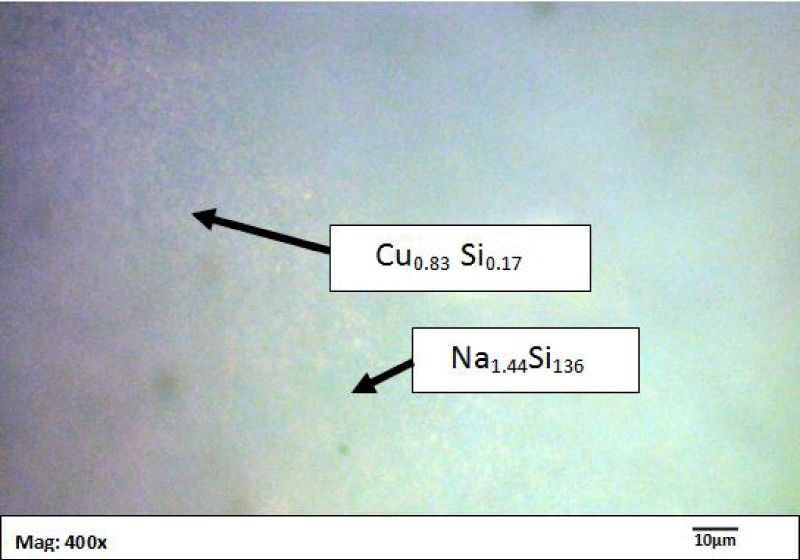
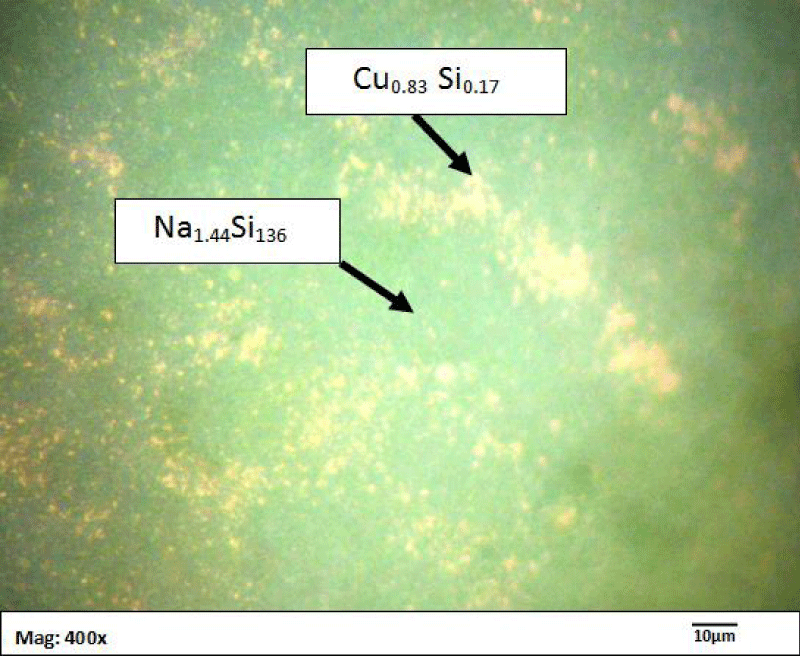
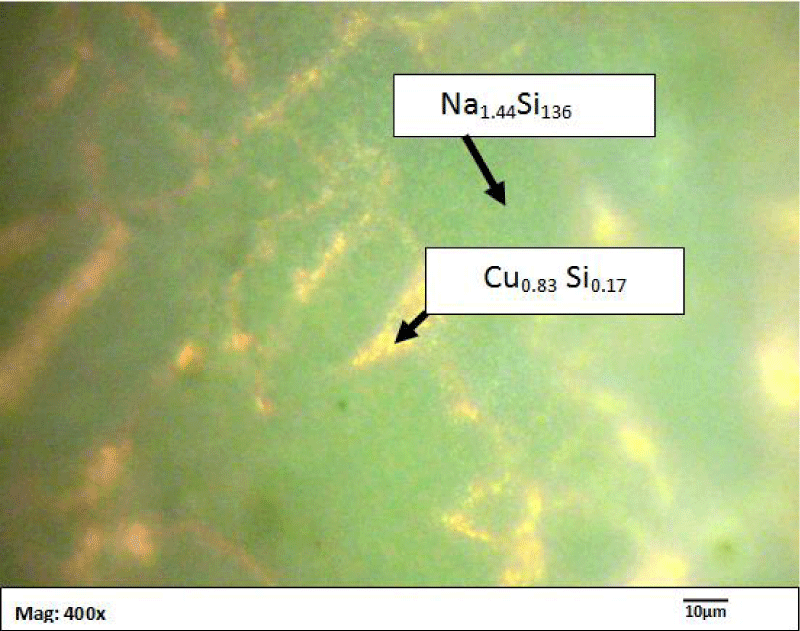
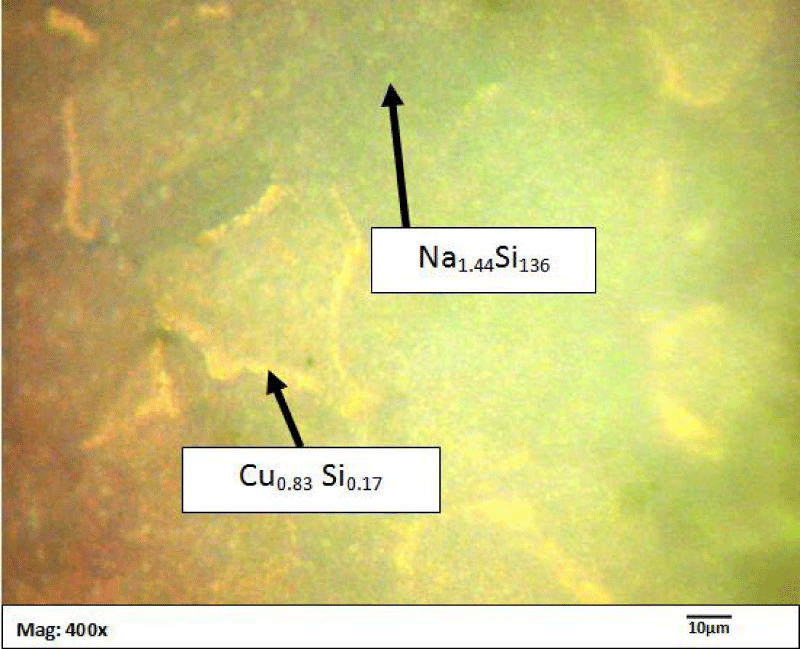


 Save to Mendeley
Save to Mendeley
